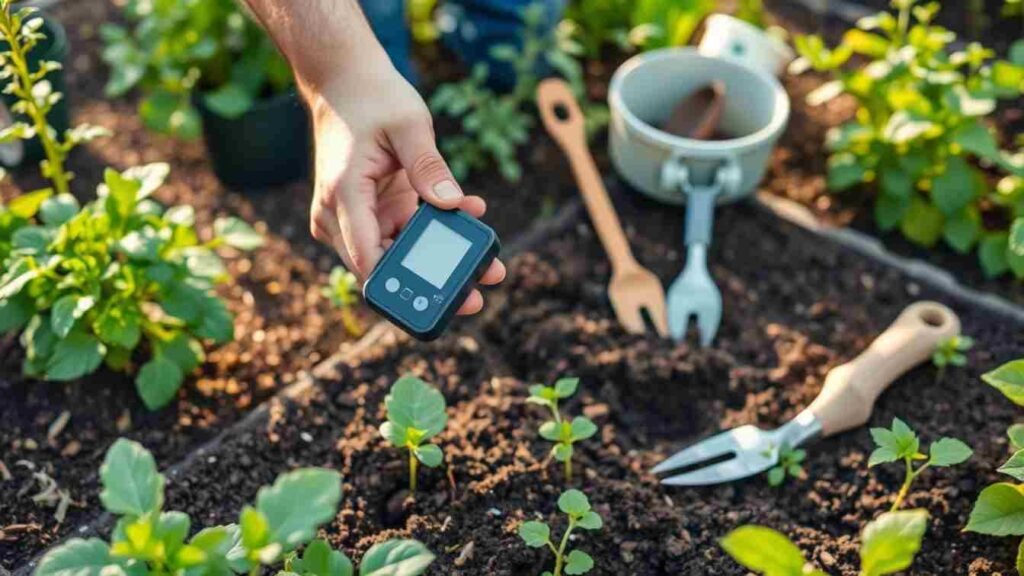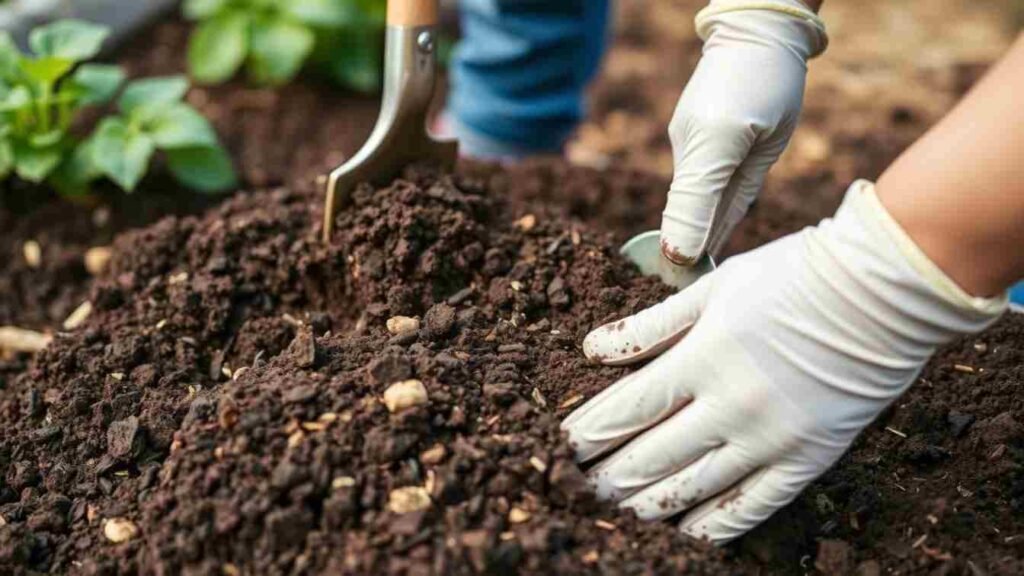Starting a vegetable garden might seem intimidating, but with the right guidance, vegetable gardening for beginners can be both enjoyable and rewarding. Whether you’re a city dweller with a small balcony or a suburban homeowner with a backyard, this beginner-friendly guide will help you create a thriving vegetable garden tailored to your space and needs. Let’s dig in!
Why Start Vegetable Gardening?
Before we get into the “how,” let’s talk about the “why.” Vegetable gardening offers numerous benefits:
- Freshness: Homegrown vegetables are fresher and tastier than store-bought ones.
- Health Benefits: You control what goes into your food—no pesticides or chemicals unless you choose to use them.
- Cost Savings: Growing your own produce can save money on groceries.
- Sustainability: Reduce your carbon footprint by cutting down on transportation and packaging waste.
- Stress Relief: Gardening is therapeutic and connects you with nature.
For those new to vegetable gardening, these advantages make it a worthwhile endeavor.
Step 1: Choose the Right Location

The success of your vegetable garden depends heavily on its location. Here’s what to consider:
- Sunlight: Most vegetables need at least 6-8 hours of direct sunlight daily. Observe your yard or balcony throughout the day to identify the sunniest spots.
- Soil Quality: Good soil is the foundation of a healthy garden. It should be loose, well-draining, and rich in organic matter. If your soil isn’t ideal, don’t worry—you can improve it (see Step 3).
- Accessibility: Place your garden where it’s easy to access for watering, weeding, and harvesting. A spot close to a water source like a hose or faucet is ideal.
- Space: If you have limited space, container gardening or vertical gardening are excellent options. Even a sunny windowsill can host herbs or small veggies like lettuce.
Step 2: Decide What to Grow
As a beginner, start small and focus on vegetables that are easy to grow and maintain. Some beginner-friendly options include:
- Lettuce and Spinach: Quick-growing and perfect for salads.
- Radishes: Ready to harvest in just 3-4 weeks.
- Tomatoes: Versatile and rewarding; choose cherry tomatoes if you’re new to gardening.
- Carrots: Thrive in deep, loose soil.
- Zucchini: Highly productive and great for summer dishes.
- Herbs: Basil, mint, parsley, and cilantro are low-maintenance and add flavor to meals.
When choosing plants, also consider your climate and growing season. The USDA Plant Hardiness Zone Map can help determine which crops will thrive in your area.
Step 3: Prepare the Soil

Healthy soil equals healthy plants. Follow these steps to prepare your garden bed:
- Clear the Area: Remove weeds, rocks, and debris from the planting site.
- Test the Soil: Use a soil testing kit to check pH levels and nutrient content. Most vegetables prefer slightly acidic to neutral soil (pH 6.0–7.0).
- Amend the Soil: Add compost or aged manure to enrich the soil with nutrients. If drainage is an issue, mix in sand or perlite.
- Till the Soil: Loosen the top 12 inches of soil using a garden fork or tiller. This helps roots penetrate easily.
For container gardens, use high-quality potting mix designed for vegetables.
Step 4: Plant Your Vegetables
Now comes the fun part—planting! There are two ways to start your garden:
- Seeds: Cost-effective and offers more variety. Follow the instructions on the seed packet for spacing and depth. Some vegetables, like carrots and radishes, are best sown directly into the ground.
- Seedlings: Buying young plants (seedlings) from a nursery speeds up the process. Transplant them carefully, ensuring the root ball is covered with soil.
Tips for Planting:
- Spacing: Give each plant enough room to grow. Overcrowding leads to competition for resources.
- Timing: Plant according to your local frost dates. Cool-season crops like spinach and peas can go in early spring, while warm-season crops like tomatoes and peppers should wait until after the last frost.
Step 5: Water Wisely
Watering is crucial for a successful garden, but overwatering can be just as harmful as underwatering. Here’s how to do it right:
- Frequency: Water deeply once or twice a week rather than shallowly every day. This encourages deep root growth.
- Morning Watering: Water in the morning to reduce evaporation and allow leaves to dry before nightfall, preventing fungal diseases.
- Mulching: Apply a layer of mulch (straw, wood chips, etc.) around plants to retain moisture and suppress weeds.
Step 6: Provide Proper Care

Your garden will need ongoing attention to stay healthy and productive.
- Weeding: Weeds compete with your vegetables for nutrients and water. Pull them regularly, especially when they’re young.
- Fertilizing: Feed your plants with a balanced fertilizer every 4-6 weeks. Organic options like fish emulsion or compost tea are gentle yet effective.
- Pest Control: Keep an eye out for pests like aphids, caterpillars, and slugs. Natural remedies such as neem oil, diatomaceous earth, or companion planting can deter unwanted visitors.
- Pruning: Some plants, like tomatoes, benefit from pruning to promote airflow and fruit production. Pinch off suckers (small shoots between branches) to focus energy on larger fruits.
Step 7: Harvest and Enjoy
Harvesting is the most rewarding part of vegetable gardening. Each plant has its own signs of readiness:
- Leafy Greens: Pick outer leaves first to encourage continuous growth.
- Root Vegetables: Gently pull them out when they reach the desired size.
- Fruiting Vegetables: Harvest tomatoes, zucchini, and peppers when they’re fully colored and firm.
Enjoy the fruits of your labor in salads, soups, stir-fries, or simply straight from the garden!
Bonus Tips for Success
- Start Small: Don’t overwhelm yourself with a huge garden. A 4×4-foot raised bed or a few containers is plenty for beginners.
- Keep Records: Note what you planted, when, and how it performed. This will help you plan better next year.
- Rotate Crops: Avoid planting the same crop in the same spot year after year to prevent soil depletion and disease buildup.
- Be Patient: Gardening takes time and practice. Learn from mistakes and celebrate small victories.
Conclusion
Vegetable gardening is a fulfilling hobby that brings you closer to nature while providing delicious, homegrown food. By following this guide, even beginners can create a thriving garden tailored to their lifestyle and preferences. Remember, there’s no one-size-fits-all approach—experiment, adapt, and enjoy the journey. Happy gardening!

